- Home
- Glaucoma
Glaucoma
Glaucoma is the leading cause of irreversible blindness worldwide. World Health Organization ranks it as the second most common cause of blindness worldwide after cataract. The key to prevent vision loss is early detection and treatment
What is Glaucoma?
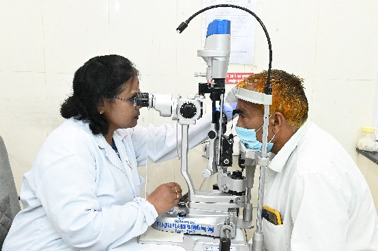
Glaucoma has been called the “silent thief of sight,” because the most common type, primary open-angle glaucoma, has no symptoms until it reaches an advanced stage when vision loss becomes apparent.
Without treatment, people with glaucoma slowly lose their peripheral (side) vision until they seem to be looking through a tunnel. Over time, central vision may worsen until no vision remains. Anyone with risk factors for glaucoma should have regular comprehensive eye examinations by an eye care professional.



Who are at Risk
- People over the age of 40.
While glaucoma can develop in younger patients, it occurs more frequently for those above 40+
- People with a family history of glaucoma are at risk
- People with abnormally high intraocular pressure (IOP).
Symptoms
- Eye pain or pressure.
- Headaches.
- Rainbow-colored halos around lights.
- Low vision, blurred vision, narrowed vision (tunnel vision) or blind spots.
- Nausea and vomiting.
- Red eyes.
People who have:
- Diabetes
- Myopia (nearsightedness)
- Regular, long-term steroid/cortisone use
- A previous eye injury
5. Extremely high or low blood pressure
6.Thin central corneas
7.History of Retinal Surgery
Treatment
The treatment for glaucoma largely depends on the stage of glaucoma.
Medications
(eye drops)
Laser
treatment
Surgery
Eye drops are very effective in the initial stages and more than one drop is often required to effectively achieve the ideal ‘target pressure’ which is determined by your ophthalmologist.
Laser peripheral iridotomy for closed-angle glaucoma.
Selective laser trabeculoplasty (SLT) is considered when eye drops are either inadequate or at an earlier stage on the advice of your ophthalmologist. Trabeculectomy filtration surgery is considered when the other treatment modalities have become ineffective.
While glaucoma has no cure but with treatment eye pressure can be kept under control and prevent vision loss. If you are at risk, an eye examination can detect the ailment early. Ask your doctor, how often you require screening.
If you have been prescribed eyedrops, it is important to use it as prescribed. With proper care, you can keep glaucoma from worsening and causing irreversible vision loss or blindness.
Types of Glaucoma
It is the most common type of glaucoma, where many who have it, are unaware of it.
In open-angle glaucoma, the angle in your eye where the iris meets the cornea is as wide and open as it should be, but the eye’s drainage canals become clogged over time. This causes an increase in internal eye pressure and subsequent damage to the optic nerve.
The disease can go unnoticed for years because most people don’t have symptoms.
Acute angle-closure glaucoma is a medical emergency. Angle-closure glaucoma may occur suddenly (acute angle-closure glaucoma) or gradually (chronic angle-closure glaucoma).
This occurs when the iris bulges forward to narrow or block the drainage angle formed by the cornea and iris. As a result, fluid can’t circulate through the eye and pressure increases. Some people have narrow drainage angles, putting them at increased risk of angle-closure glaucoma.
Symptoms, including eye pain and headaches, can be severe and require immediate medical attention.
Secondary glaucoma may be caused by an eye injury, inflammation, certain drugs such as steroids, and advanced cases of cataract or diabetes. The type of treatment will depend on the underlying cause, but usually includes medications, laser surgery, or conventional surgery.
The Latest Diagnostic Equipment At Our Hospital
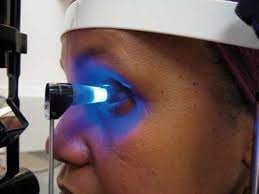

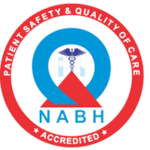







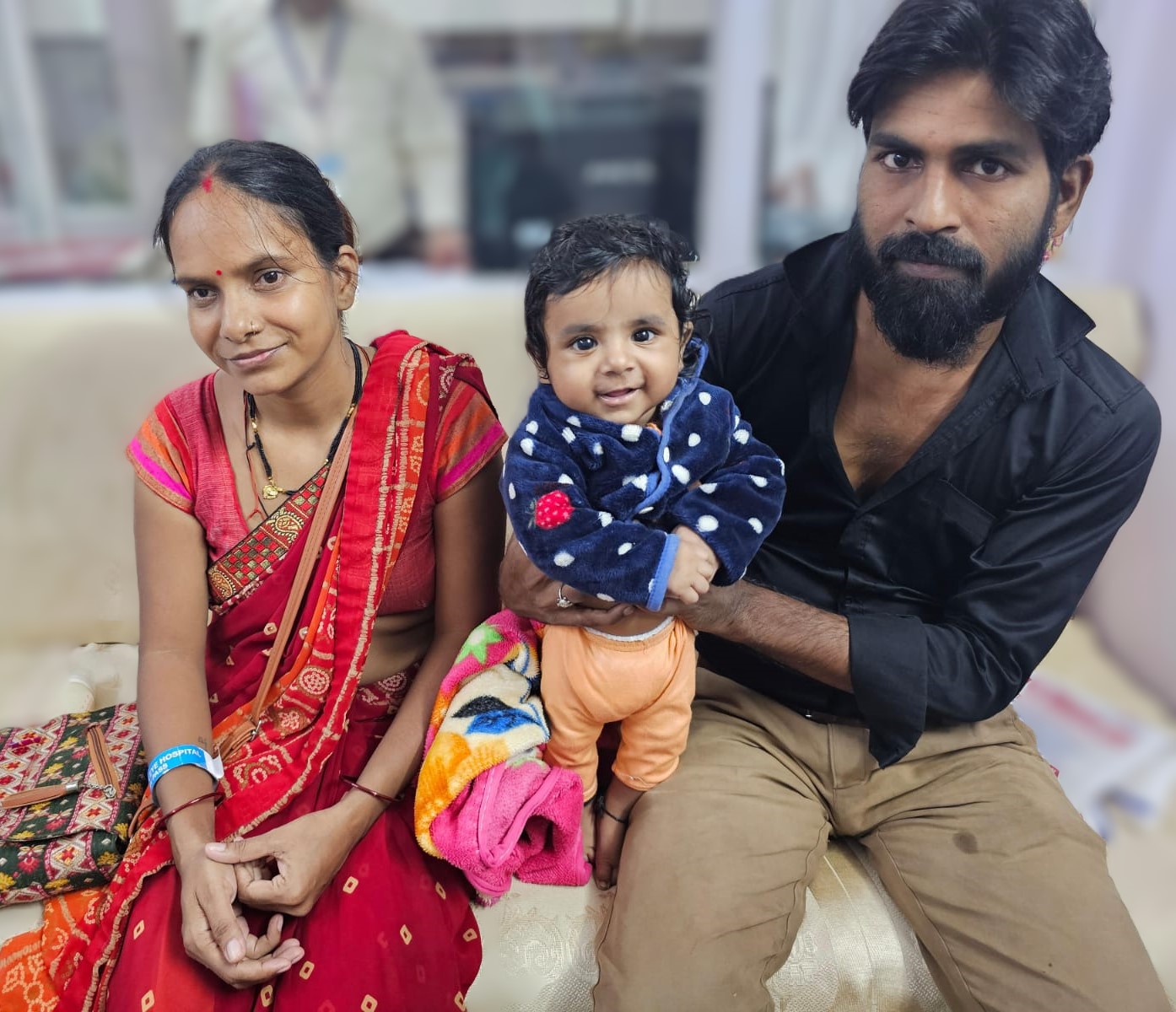
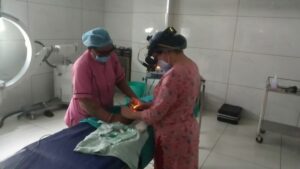
 Nisha Solanki belongs to a large family of two brothers and four sisters (of whom 3 are married). Both her brothers and elder sister attend school. Nisha’s father is mentally challenged. The responsibility of earning is on the mother, who is a daily wage farm labourer and grandmother, who tends to her goats. Two earing members for a family of ten.
Nisha Solanki belongs to a large family of two brothers and four sisters (of whom 3 are married). Both her brothers and elder sister attend school. Nisha’s father is mentally challenged. The responsibility of earning is on the mother, who is a daily wage farm labourer and grandmother, who tends to her goats. Two earing members for a family of ten. Blindness in children leads to deep impact on psychological, emotional, and socioeconomic growth to the family. A child with blindness is more likely to have delays in developmental milestones, to be more frequently hospitalized, and die during childhood than a sighted child. Such severe vision loss also adversely effects the educational activities, orientation, and mobility from the early stage of life resulting in lack of employment privilege. These differential characteristics between a sighted and non-sighted child is more obvious in developing countries. Moreover, the disability adjusted life years (DALY) loss in a blind child is far more than that of adults with blindness.
Blindness in children leads to deep impact on psychological, emotional, and socioeconomic growth to the family. A child with blindness is more likely to have delays in developmental milestones, to be more frequently hospitalized, and die during childhood than a sighted child. Such severe vision loss also adversely effects the educational activities, orientation, and mobility from the early stage of life resulting in lack of employment privilege. These differential characteristics between a sighted and non-sighted child is more obvious in developing countries. Moreover, the disability adjusted life years (DALY) loss in a blind child is far more than that of adults with blindness.